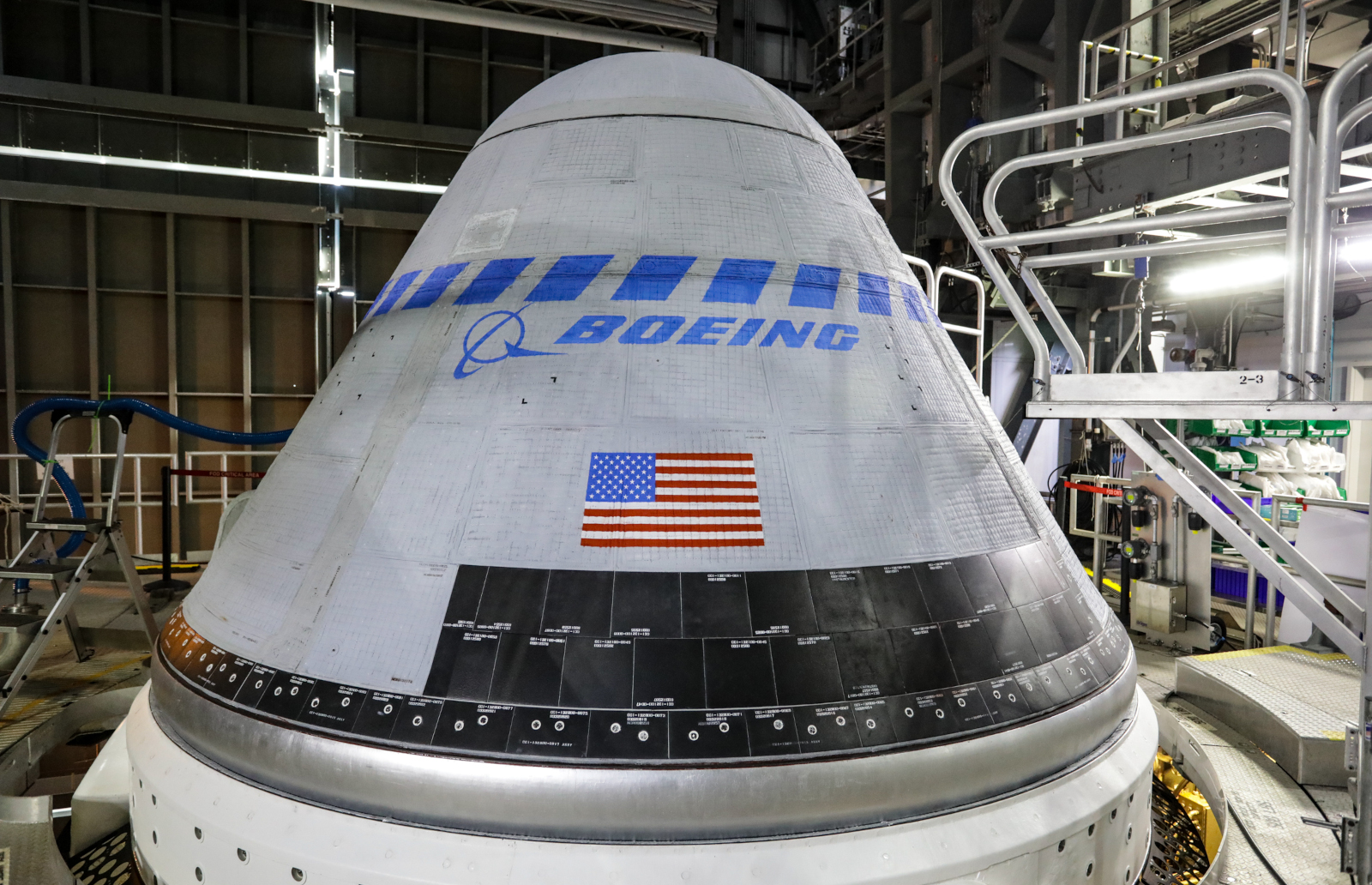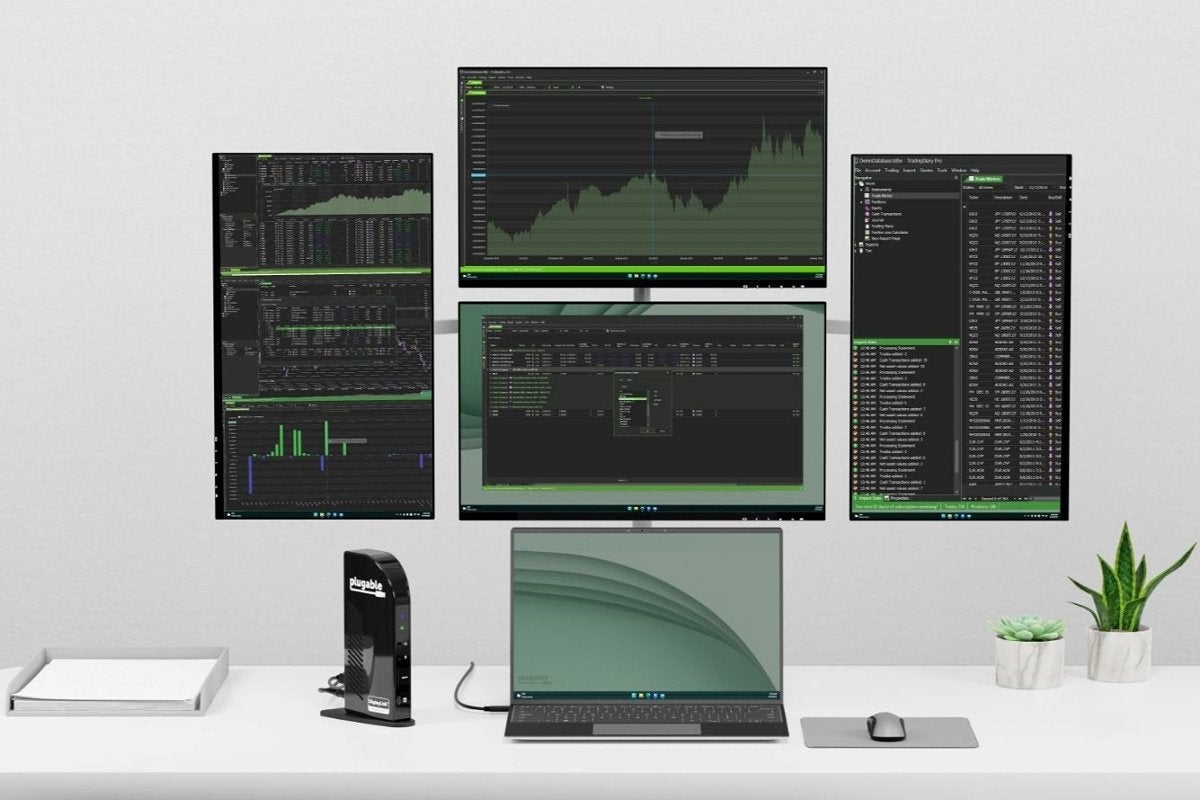[ad_1]
Boeing’s Starliner spacecraft will once against make an attempt to reach the International Space Station in a critical test flight that will determine whether it’s finally ready for manned missions. NASA and the private space company have scheduled the launch for today, May 19th, with an instantaneous launch window at 6:54PM Eastern Time. The Starliner will launch on top of a United Launch Alliance Atlas V rocket from Cape Canaveral, and you can watch the coverage for the event in the video below or through the NASA Live website starting at 6PM ET.
During its first test flight back in December 2019, Starliner made it into orbit but failed to reach the ISS. An automation system incorrectly assessed the timing of the flight and prevented the spacecraft’s thrusters from firing when needed. NASA and the company investigated what had happened , and reports came out a few months later that Boeing didn’t conduct launch-to-docking simulations on the spacecraft before its failed launch.
Boeing made its first Orbital Flight Test-2 launch attempt in August 2021, but it had to scrap its plans while the capsule was already on top of a rocket due to an issue with its propulsion system valves. Engineers managed to repair nine valves while the The spacecraft was still ready for takeoff, but Boeing ultimately decided to conduct a “deeper-level troubleshooting” at its facility at the Kennedy Space Center. NASA had to give SpaceX more crewed flights in order to cover for Boeing’s delays.
Now that its valve issues have been resolved — apparently, the interaction between oxidizer and water formed nitric acid and other corrosive agents that made the valves sticky — Starliner’s launch is a go. The capsule must achieve its goal this time if Boeing wants to catch up with SpaceX, which has been ferrying astronauts to the ISS since 2020. If no further issues arise, Starliner will reach the ISS with over 800 pounds of cargo in 24 hours. It will remain docked with the orbiting lab for five to 10 days before making its return journey back to Earth and landing in the western United States.
All recommended products by Engadget are selected by our editorial team, independent of our parent company. Some of our stories include affiliate links. If you buy something through one of these links, we may earn an affiliate commission.
[ad_2]
Source link



